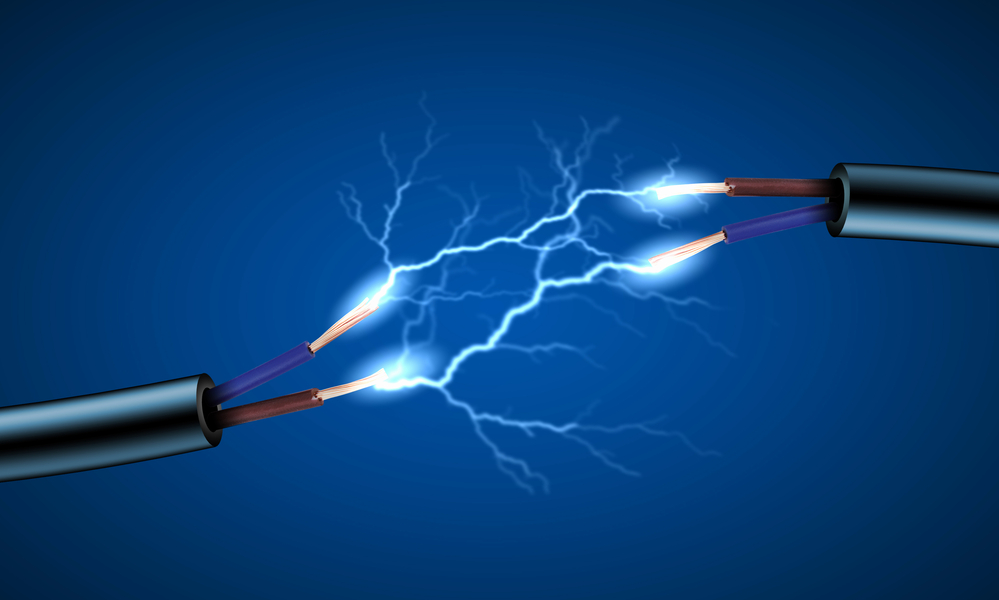owering the World: The Shocking Truth About Electricity You Need to Know!
Electricity is all around us. We use it every day to power our homes, charge our phones, and turn on the lights. But have you ever wondered what electricity is and how it works? In this article, we'll explore the basics of electricity, its history, and how it powers the modern world.
What is Electricity?
At its most basic level, electricity is the movement of electrons. Electrons are tiny particles that orbit the nucleus of an atom. When these electrons move from one atom to another, they create an electric current.
Electricity can be found in many forms, including lightning, static electricity, and electric power. Electric power is the type of electricity that we use to power our homes and businesses.
A Brief History of Electricity
The study of electricity goes back thousands of years. Ancient Greeks and Egyptians observed that rubbing certain materials together, such as fur and amber, would create an electric charge. However, it wasn't until the 18th century that electricity began to be studied in a more scientific way.
Benjamin Franklin is often credited with discovering electricity, but in reality, he was one of many scientists who contributed to its understanding. In 1752, Franklin performed his famous kite experiment, in which he flew a kite during a thunderstorm to prove that lightning was a form of electricity.
Over the next few decades, scientists such as Alessandro Volta and Michael Faraday made important discoveries about the nature of electricity. Volta invented the first electric battery in 1800, while Faraday discovered the principles of electromagnetic induction, which are still used in power generation today.
How Electricity is Generated
Electricity can be generated in many different ways. Most of the electricity used in the world today is generated by burning fossil fuels such as coal, oil, and natural gas. These fuels are burned in power plants, which use the heat to create steam. The steam then drives turbines, which generate electricity.
Another way to generate electricity is through nuclear power. Nuclear power plants use the heat from nuclear reactions to create steam, which drives turbines and generates electricity. While nuclear power is a controversial source of energy due to safety concerns, it is also one of the most efficient and reliable sources of electricity.
Renewable energy sources, such as wind and solar power, are also becoming increasingly popular. Wind turbines and solar panels generate electricity by harnessing the power of the wind and sun, respectively. While renewable energy sources are often more expensive than traditional sources of electricity, they are also cleaner and more sustainable.
How Electricity is Used
Electricity is used in a variety of ways, from powering our homes and businesses to running our cars and trains. The most common use of electricity is for lighting and heating. In fact, lighting alone accounts for about 15% of all electricity use in the United States.
Another common use of electricity is for powering electronic devices such as phones, computers, and televisions. These devices require a steady flow of electricity to function properly.
Electricity is also used in transportation. Electric cars are becoming increasingly popular as a more environmentally friendly alternative to traditional gasoline-powered cars. Electric trains are also used in many parts of the world as a more efficient and sustainable form of transportation.
The Future of Electricity
As our society becomes more reliant on electricity, it's important to consider the future of this valuable resource. One of the biggest challenges facing the electricity industry is the need to transition to cleaner and more sustainable sources of energy.
Renewable energy sources such as wind and solar power will likely play a larger role in the future of electricity generation. Battery technology is also improving, which will make it easier to store and distribute electricity generated from renewable sources.
Smart grid technology is another area of innovation in the electricity industry. Smart grids use advanced communication and control systems to optimize the distribution and use of electricity. This technology can help reduce energy waste, lower costs, and improve the reliability of the electricity grid.
Another area of innovation is the development of electric vehicles. As electric car technology improves, more people are likely to switch from traditional gasoline-powered cars to electric cars. This will help reduce carbon emissions and improve air quality.
Overall, the future of electricity is bright. As technology continues to advance, we can expect to see cleaner, more efficient, and more sustainable methods of generating and using electricity.
In conclusion, electricity is a fundamental part of our modern world. It powers our homes, businesses, and electronic devices, and plays a critical role in transportation and industry. As we continue to develop new and innovative ways of generating and using electricity, it's important to remember the importance of sustainability and energy conservation.
So the next time you turn on a light or charge your phone, take a moment to appreciate the amazing power of electricity and the impact it has on our daily lives.
Labels: Interesting, science, Technology


0 Comments:
Post a Comment
Subscribe to Post Comments [Atom]
<< Home